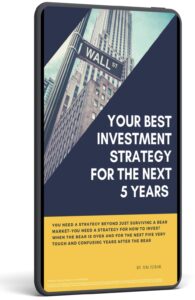
April 28, 2025 | Daily JAM, VIX, Volatility |
Today, Monday April 28, I’m selling my last two Call Options on the VIX, the CBOE S&P 500 Volatility Index. Not because we’re done with volatility. No way. I expect lots more volatility in the weeks and months ahead. And I expect to put this trade on again. But because these two options expire on May 21
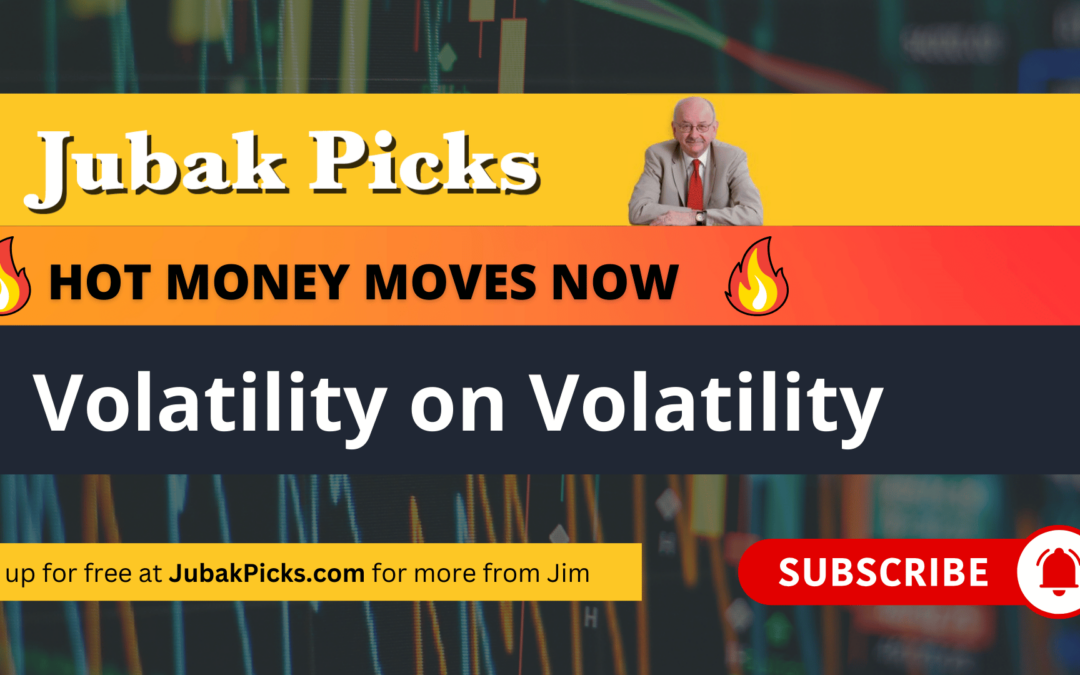
April 7, 2025 | Daily JAM, Videos, VIX |
Today’s Hot Money Move is The Volatility of the VIX. I’ve been playing the VIX (the CBOE S&P 500 Volatility Index) as a hedge against market fear, and right now, it’s showing a clear pattern tied to tariff anxiety. Back in January, I bought VIX options when the index was sitting between 14 and 16—near its long-term average of 15 to 17—with strike prices at 20 to 25. Lately, these options have been swinging hard, jumping 30–40% in value before pulling back and then rallying again. The reason? Investors panic ahead of tariff announcements, driving the VIX up as they hedge. But here’s the pattern: once the tariffs are actually announced, the VIX drops as relief sets in. For active traders, this is a short-term play—buy into the fear, sell into the relief. Just remember: these patterns hold until they don’t, so keep a close eye on it if you’re going to make these plays.

April 6, 2025 | Daily JAM, Morning Briefing |
The futures contracts for the S&P 500 Index and the Nasdaq 100 Index each fell as much as 5% in the early Asian trading. U.S. equity futures plunged, putting the Standard & Poor’s 500 on track for a bear market as the Trump administration dug in on a trade war economists warn will tip the world’s largest economy into recession. Contracts on the S&P 500 Index plunged 3.6% at 6:27 p.m. Sunday in New York, after the underlying index had fallen 10% in the past two days. The rout in futures would leave the index on a pace to fall more than 20% from its February record. Nasdaq 100 Index futures sank 4.4%, after the tech-heavy gauge entered a bear market Friday. Russell 2000 futures lost almost 5%. A big reason for the rout in futures was the failure of the Trump officials speaking on the Sunday talk shows to say anything to demonstrate any re-thinking of the tariffs after the financial markets said, “Hell no” on Thursday and Friday.
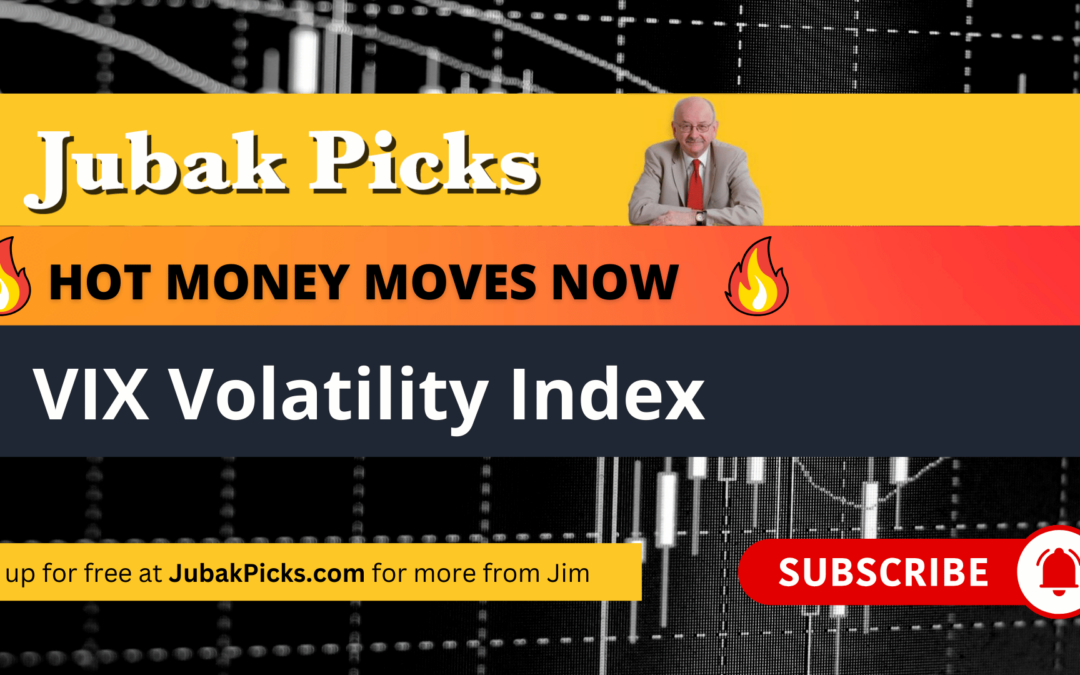
March 17, 2025 | Daily JAM, Short Term, Volatility |
Today’s Hot Money Moves NOW: Buy VIX Volatility Call Options. Toward the end of January, I bought VIX Call Options, hoping to make money as volatility increased in the market. I bought a VIX call with a strike of 20, and a VIX call with a strike of 26–both with May 21, 2025 expirations. Both of these buys were up about 40% before Friday’s snap-back rally. And looking at probable “events” I think volatility is going to increase in the second half of March. But this week we may see some optimism bring the VIX down and you may be able to buy more options on that future volatility at a temporarily depressed price. I would look to buy these options this week and hold for the next three weeks or so, through more tariff uncertainty in April and sell before the May 21 expiration. For more detail om my VIX options buys see the Volatility Portfolio on my subscription JubakAM.com site.

March 1, 2025 | Daily JAM |
I see the beginning of two weeks of extraordinary volatility. Look what’s on deck.

September 16, 2024 | Daily JAM, Long Term, Morning Briefing, NVDA, Volatility |
I think of Nvidia (NVDA) as this market’s warning indicator; it’s the canary in a coal mine; the bird that will die first if dangerous gases start to build up. So, yes, it’s important that Nvidia shares plunged from $134.91 on July 10 to $98.91 on August 7. And again from $128.83 on August 28 to $102.83 on September 6. But the shares are up again–15.83% last week–to $116.78 This canary seems to be sending a rather more complicated message than “Look I’m dead! See my feet in the air?” What’s the message, though?
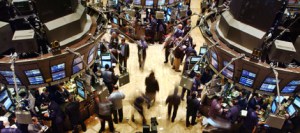
August 7, 2024 | Daily JAM, Morning Briefing, Short Term |
The options market is implying the S&P 500 Index will move 1.2% in either direction that morning on the report on U.S. initial and continuing claims for unemployment.

April 25, 2024 | Daily JAM, Videos |
Today’s video is NOW I’m Worried About Stocks. Investors and analysts have shown a willingness to pay for vapor in the last couple of days. The market reaction to two companies, Tesla (TSLA) and Apple (AAPL), has made this clear me.. Tesla’s earnings were terrible at $0.45 a share, below the expectations of $0.52 and revenue was down 50% year over year. However, the stock was up the day after earnings thanks to expert spin from CEO Elon Musk. He announced that Tesla will move ahead with the Robotaxis and full self-driving cars but it will also advance plans to produce a $25,000 car to enter the lower end of the market and compete with China. Although the company previously waffled on offering a more affordable Tesla, Musk was now suggesting it may be available at the end of 2024 or early 2025. When asked for more specifics, Musk declined to offer a definitive date on any of these promises. Wall Street ate it up and jumped on the spin that Tesla will be selling a more affordable vehicle “soon.” At this point, these are totally imaginary revenues from a car that has no release date and a full self-driving technology that doesn’t fully exist yet, and investors are saying they’re willing to pay for it? What worries me here is that in the market paying for spin has become normal because stocks go up on spin. Even if the product is “vapor,” investors are willing to get in on the stock bump associated with the announcement of imagined prospects. Similarly, Bank of America recently predicted Apple (APPL) is going to go up 36% soon because the company will announce its plans for adding AI into the iPhone. This is speculation on an announcement, not of the product itself, but on the prospect of an announcement. Bank of America is likely right on this, but I’m not willing to pay up for this speculative announcement without a tangible product or date and it concerns me that the market IS willing to do that. I understand the spins and the anticipation but the reaction and willingness to buy on vapors isn’t a sign of a healthy market.
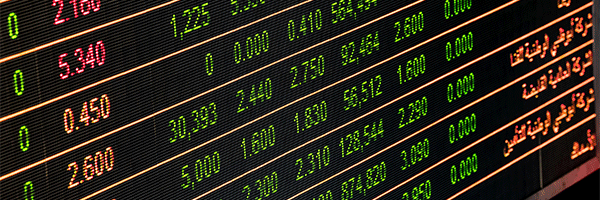
November 10, 2023 | Daily JAM, Mid Term, Morning Briefing |
My bets on rising volatility have been hammered in the last few days. The December 20 Call Options on the CBOE S&P 500 Volatility Index (VIX) at $280 a contact dropped another 21% today to $121 a contract. The January 17 Call Options at 17 that I bought for $268 closed at $211, down another 16%.The VIX itself ended the day at 14.23, down 7% for the session. It’s sure hard looking at losses like this. But I would remind you that the VIX is very volatile. The volatility index was at 21.71 on October 20. And that the calendar is marked with two big events that could reunite financial market volatility, one courtesy of the House of Representatives and the other courtesy of the Federal Reserve.

June 20, 2023 | Daily JAM, Morning Briefing, Short Term |
I expect the end of the second quarter to be volatile as two contrary trends battle it out to set market direction.
May 10, 2023 | Daily JAM, Videos |
Today’s topic is Lots of Volatility – But It’s Not Tradeable. The market has not been responding as expected to recent events. On Friday, May 5, a combination of a chaotic market, a banking crisis, and job numbers that were much higher than expected, resulted in a completely unexpected market reaction. On previous behavior, these higher job numbers would have led to a conclusion that the Fed would continue to raise rates. Stocks would have tumbled. But Friday this time, we got a big rally in the news in the report. The market is vacillating between belief in a recession with banks failing, and belief in a strong job market where the Fed continues to raise rates. That’s created a scenario of wild swings, driven more, I’d argue, by where prices have been recently than by any trend in the news. You can see this in the VIX. The “fear index” rise as banks struggled but the jobs report said that it was alright to bid bank stocks (and the market in general) higher on the day even if the regional banking crisis is a long way from over. I’d prefer to trade volatility when “all” it requires is getting the direction of the news correct. Bu,t the current market requires getting both the trend in th news and the markrt’s reaction to that trend right in order to make a profit. That’s harder than I’d like and it seems prudent to wait for more predictable (and tradeable) volatility.

April 5, 2023 | Daily JAM, Dividend Income, DVN, Jubak Picks, Volatility |
Just in case there are readers who don’t watch my videos, but do follow my picks. Today, April 5, I added Devon Energy (DVN) to my Jubak Picks, Dividend, and Volatility Portfolios.














